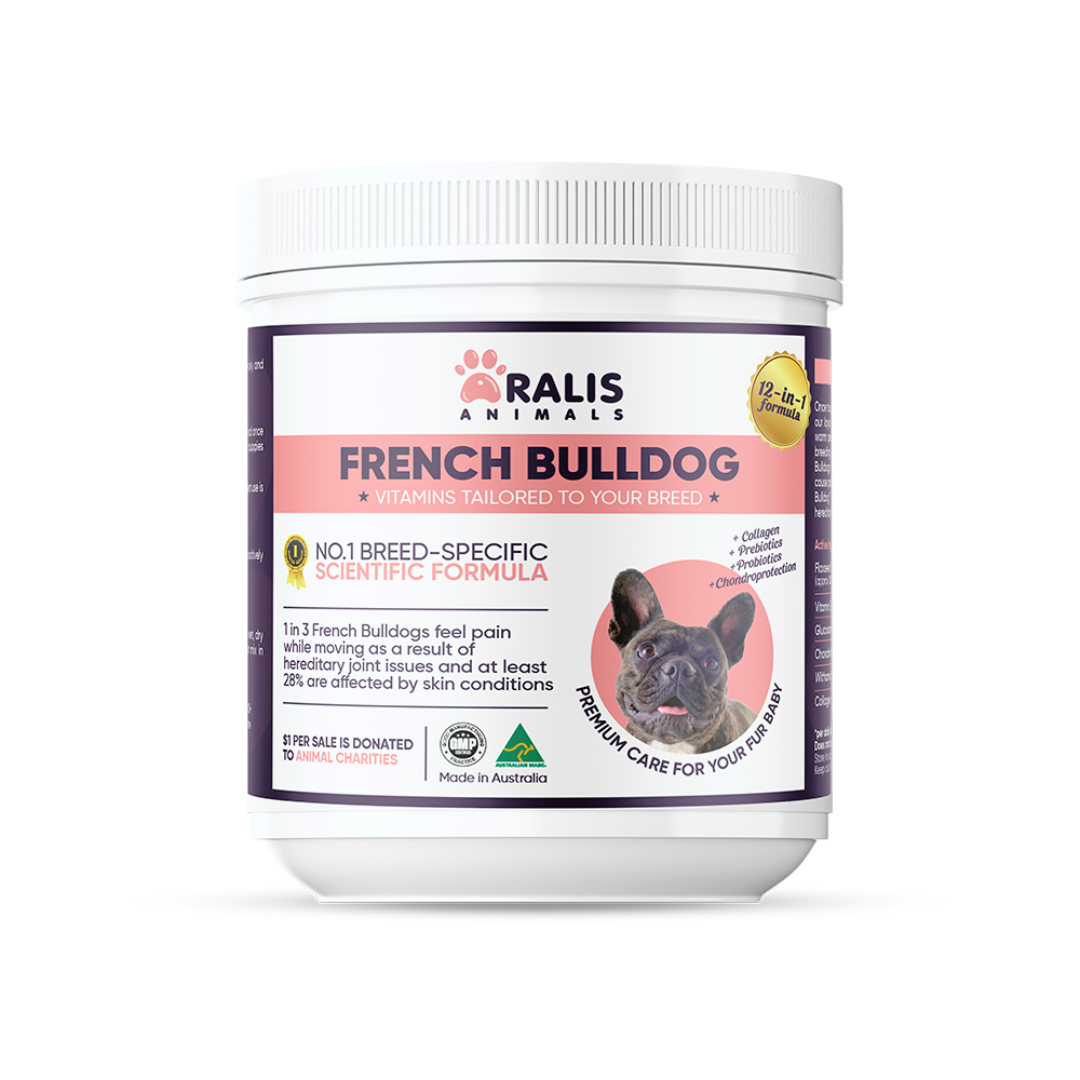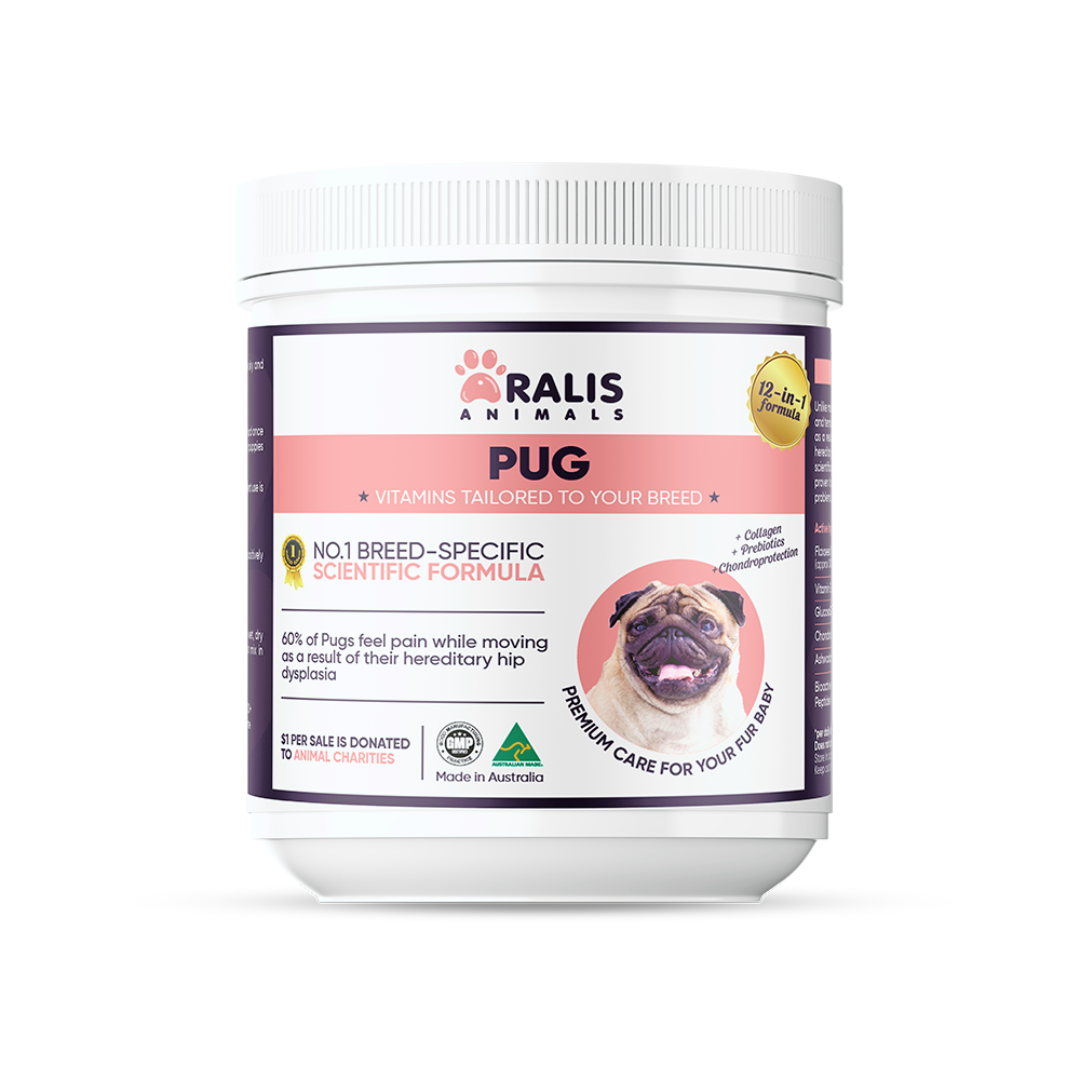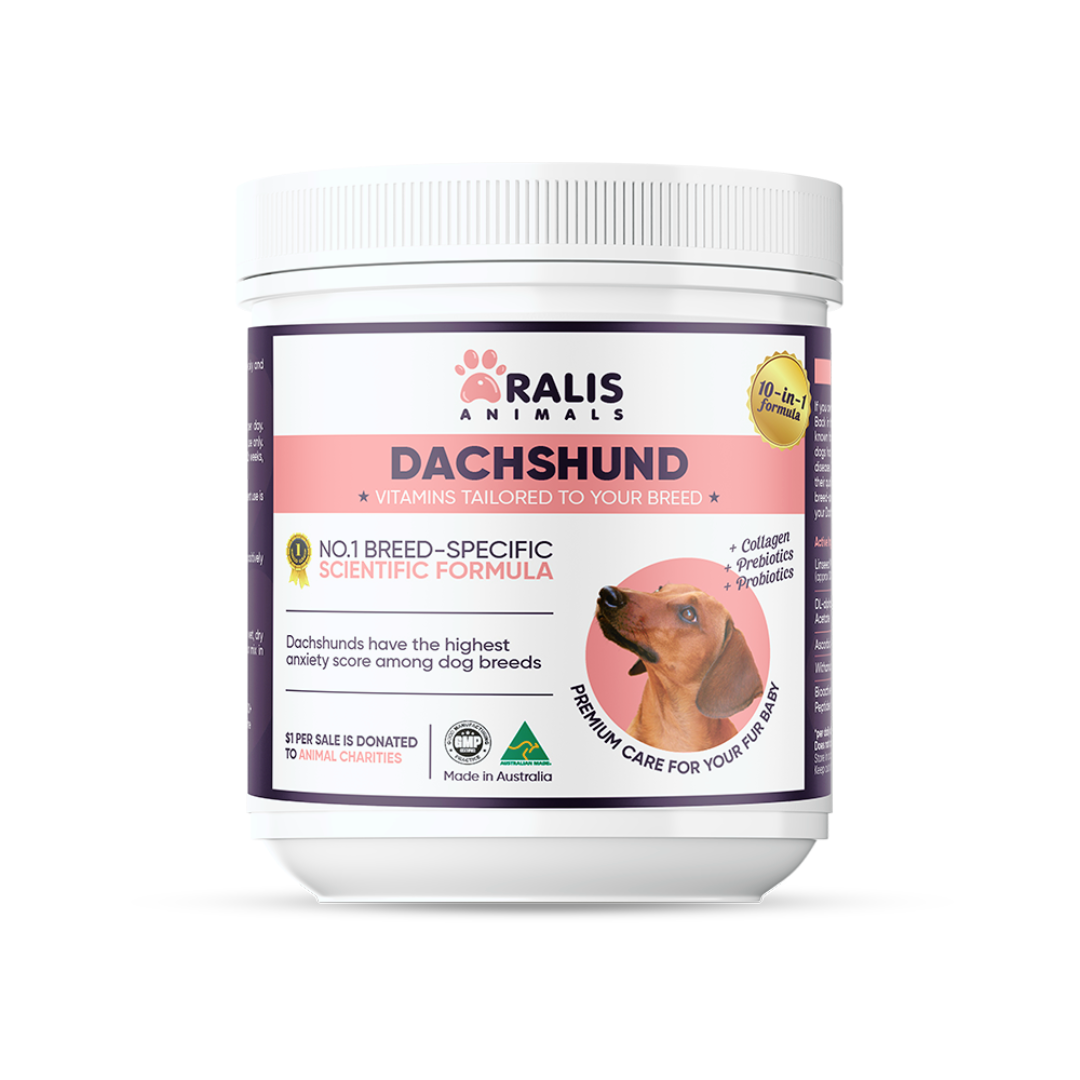Canine Anxiety Treatment: Best Approaches for a Calmer Dog
As pet owners, we want nothing more than to see our furry companions happy and content. However, for some dogs, anxiety can be a constant struggle, affecting their well-being and our relationship with them. Canine anxiety is a common issue that can manifest in various ways, from separation anxiety to age-related stress. Fortunately, there are effective treatment approaches that can help alleviate your dog's anxiety and restore a sense of calm.
Understanding Canine Anxiety
Anxiety in dogs is a complex emotional response to perceived threats or stressors. It can be triggered by a wide range of factors, from changes in routine to specific environmental stimuli. When a dog experiences anxiety, their body goes into a state of heightened arousal, leading to behavioral and physical symptoms that can be distressing for both the dog and their owner.
Addressing canine anxiety is crucial not only for your dog's well-being but also for maintaining a strong bond between you and your furry friend. Unmanaged anxiety can lead to destructive behaviors, social withdrawal, and even health issues. By understanding the root causes of your dog's anxiety and implementing the right treatment strategies, you can help them feel more secure and comfortable in their environment.
Recognizing Anxiety Symptoms in Dogs
Identifying the signs of anxiety in your dog is the first step towards providing the necessary support. Common behavioral indicators of canine anxiety include excessive barking, pacing, trembling, and destructive behaviors like chewing or digging. Physical symptoms may include panting, drooling, and a heightened startle response.
It's important to pay attention to your dog's triggers as well. Separation anxiety, for example, may manifest when you leave the house, while environmental anxiety could be triggered by loud noises or unfamiliar situations. Understanding the specific triggers can help you tailor your approach to addressing your dog's anxiety.
Types of Canine Anxiety
Canine anxiety can take various forms, each requiring a unique approach to treatment. Some of the most common types of anxiety in dogs include:
Separation Anxiety
This type of anxiety is triggered by the absence of the dog's primary caregiver. Dogs with separation anxiety may exhibit destructive behaviors, excessive vocalization, or even self-harm when left alone.
Age-Related Anxiety
As dogs age, they may develop increased sensitivity to changes in their environment or routine. This can lead to anxiety, especially in senior dogs.
Environmental Anxiety
Certain environmental factors, such as loud noises, unfamiliar places, or the presence of strangers, can cause anxiety in some dogs. This type of anxiety is often related to a lack of socialization or traumatic experiences.
Effective Treatment Approaches
Addressing canine anxiety requires a multifaceted approach that combines various techniques. Here are some of the most effective treatment methods:
Behavioral Training Techniques
Positive reinforcement training, desensitization, and counterconditioning can help dogs learn to associate anxiety-provoking situations with positive experiences. This can gradually reduce their stress response over time.
Professional Intervention
In some cases, working with a certified animal behaviorist or a veterinarian who specializes in behavior can be beneficial. They can provide personalized guidance and, if necessary, recommend medication or other therapeutic interventions.
Natural Remedies
Supplements, essential oils, and calming aids can be used in conjunction with other treatment methods to help soothe your dog's anxiety. However, it's essential to consult with your veterinarian before introducing any new products.
Management Strategies
In addition to specific treatment approaches, there are several management strategies you can implement to help your anxious dog feel more secure and comfortable:
Creating a Calm Environment
Providing a safe, quiet space for your dog to retreat to when they feel overwhelmed can help reduce their anxiety. This may include a cozy crate or a designated "calm" area in your home.
Exercise and Mental Stimulation
Regular physical activity and engaging mental exercises can help burn off excess energy and provide a healthy outlet for your dog's anxiety.
Consistent Routine
Maintaining a predictable daily routine can help your dog feel more in control and less anxious about changes in their environment.
When to Seek Professional Help
While many cases of canine anxiety can be managed with a combination of training, natural remedies, and lifestyle adjustments, there are times when professional intervention is necessary. If your dog's anxiety is severe, persistent, or interferes with their quality of life, it's important to consult with a veterinarian or a certified animal behaviorist.
They can help identify the underlying causes of your dog's anxiety and develop a comprehensive treatment plan that may include medication, specialized training, or a combination of approaches. With the right support, even the most anxious dog can learn to manage their fears and live a happier, more fulfilling life.
Conclusion
Canine anxiety is a common issue that can have a significant impact on a dog's well-being and the relationship with their owner. By understanding the different types of anxiety, recognizing the symptoms, and implementing a holistic approach to treatment, you can help your furry friend find the calm and comfort they deserve. With patience, consistency, and the right support, you can help your anxious dog overcome their fears and enjoy a more relaxed, fulfilling life by your side.





